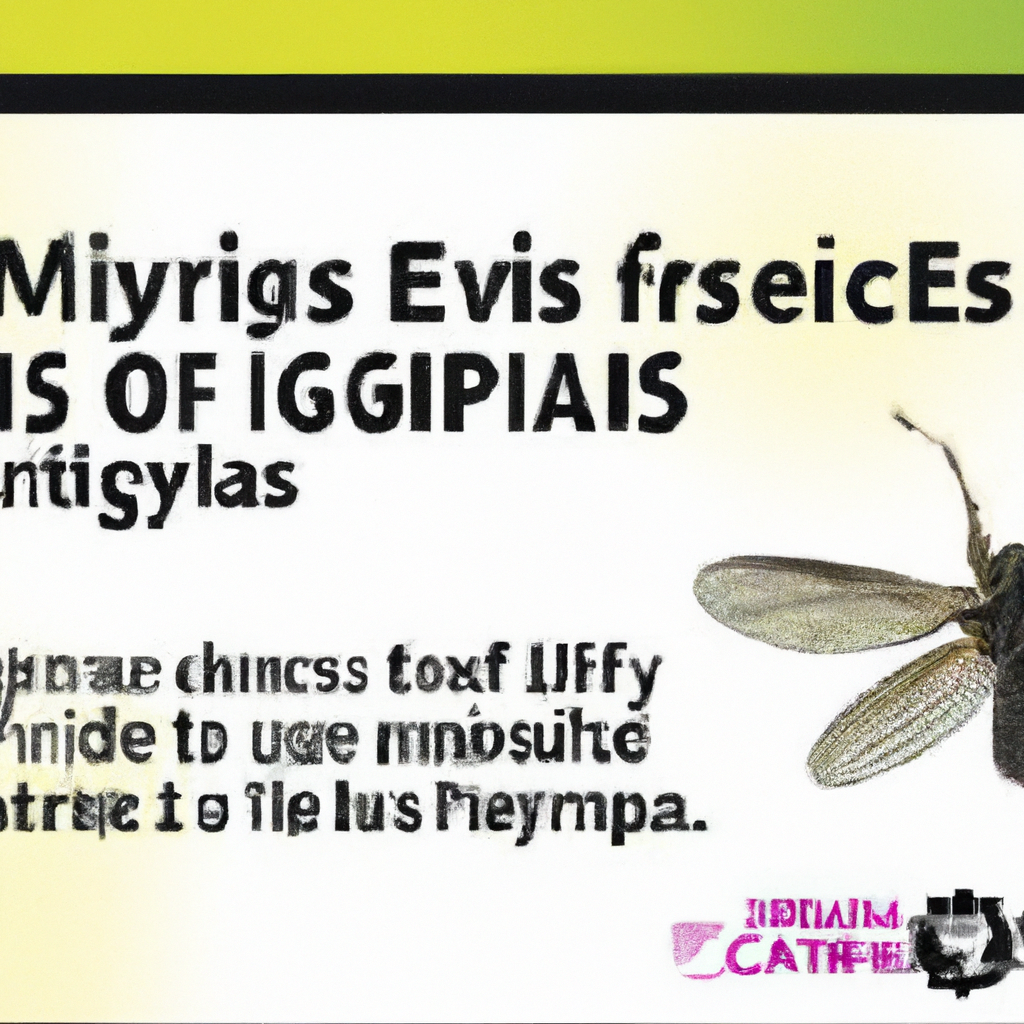Imagine you’re relaxing on a sunny day, when suddenly you notice a pesky fly buzzing around. Curiously, you wonder how these irritative insects come to be. Well, let’s take a closer look at the life cycle of flies, from humble eggs to those squirming live maggots you sometimes encounter. Surprisingly, not all flies lay live maggots. This fascinating article will unveil the truth behind which flies do and how these seemingly unattractive creatures transform from minuscule eggs into crawling larvae. So, sit back, grab a cup of tea, and let’s explore the captivating world of the life cycle of flies!
Overview of the Fly Life Cycle
Flies go through a fascinating and intricate life cycle, progressing through four distinct stages: egg, larva, pupa, and adult. Each stage serves a crucial purpose in the overall development and reproduction of flies. Understanding the different phases of a fly’s life cycle is essential for effective control and prevention measures. In this article, we will delve into the various stages of the fly life cycle, examine the factors that affect it, and explore the importance of comprehending this life cycle.
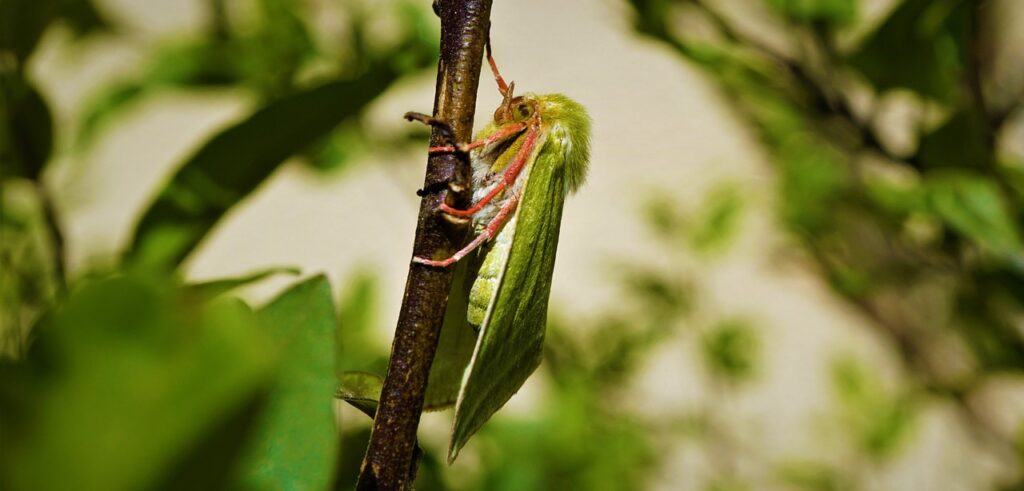
Egg Stage
The egg stage marks the beginning of a fly’s life cycle. Female flies lay eggs on suitable substrates, which can vary depending on the species. These eggs are typically small and have a distinct shape and color, which aids in identifying the type of fly species.
Egg Development
Once the eggs are laid, they undergo a development process that varies in duration, depending on factors like temperature and humidity. In favorable conditions, the eggs will hatch within a relatively short period, typically ranging from a few hours to several days.
Egg Laying Behaviors
Different fly species exhibit unique behaviors when laying their eggs. Some species, like the blow flies (Calliphoridae), are attracted to decaying organic matter, such as animal carcasses or rotting food, where they lay their eggs. Other species, such as house flies (Musca domestica), prefer laying their eggs in moist and organic materials, such as manure or garbage.
Larva Stage
After hatching from the eggs, the fly larvae, commonly known as maggots, enter the larva stage. This stage is characterized by rapid growth and development as the maggots feed voraciously to fuel their growth.
Hatching
Upon hatching from the eggs, the maggots emerge as small, legless creatures. They immediately begin their search for food sources, as their primary goal during this stage is to gain nutrients for further development.
First Instar
During the first instar, the maggots molt and shed their exoskeletons to accommodate their increasing size. They continue feeding and growing, gaining enough energy to progress to the next developmental stage.
Second Instar
In the second instar, the maggots undergo another molting process and shed their old exoskeletons. This stage is crucial for their growth and preparing them for the final instar.
Third Instar
The third instar is the last phase of the larva stage. At this point, the maggots have reached their maximum size, having molted twice since hatching. They are now ready to enter the next stage of their life cycle.
Pupa Stage
Once fully developed during the larva stage, the maggots enter the pupa stage. This transformation is a significant turning point in a fly’s life cycle, as the maggots transition into a pupal form.
Pre-Pupal Stage
Before entering the pupal stage, the maggots seek a suitable location to undergo complete metamorphosis. This pre-pupal stage involves significant internal changes within the maggots, as their body structures reshape and prepare for the upcoming pupation process.
Pupal Stage
During the pupal stage, the maggots encase themselves within a protective casing called a puparium. Inside this puparium, the transformation from maggot to adult fly occurs. This stage is often dormant, with internal changes and organ development taking place.
Development within the Pupa
Inside the puparium, the fly’s organs continue to develop and mature, gradually transforming into the recognizable features of an adult fly. This process can take varying lengths of time, depending on environmental conditions and fly species.
Adult Stage
The adult stage represents the final phase of the fly life cycle, where they emerge from the pupa as fully formed adult flies. This stage is focused on reproduction and continuing the life cycle.
Emergence
Upon completion of development within the pupa, the adult fly is ready to emerge. It will break free from the puparium, leaving behind its old exoskeleton. The time it takes for an adult fly to emerge can differ greatly, with some species emerging within hours and others taking several days.
Reproduction and Lifecycle Continuation
Once emerged, adult flies are driven by their biological imperative to reproduce. Female flies seek suitable locations to lay their eggs, continuing the life cycle of flies. Meanwhile, male flies actively pursue mating opportunities, ensuring the continuation of their species.
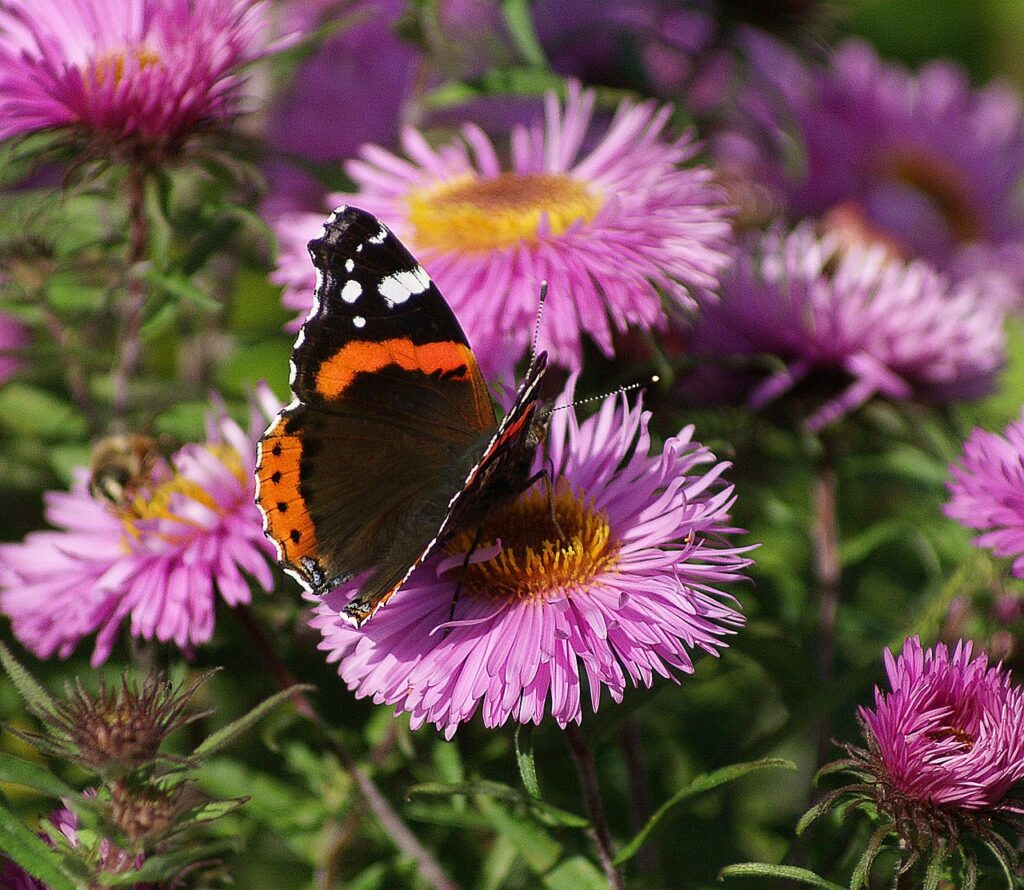
Factors Affecting Fly Life Cycle
Various factors play a significant role in shaping the life cycle of flies. Understanding these factors is crucial for effectively managing and controlling fly populations.
Temperature
Temperature greatly influences the speed of fly development. Warmer temperatures accelerate the fly life cycle, with eggs hatching and larvae maturing more quickly. In contrast, colder temperatures can slow down or pause the life cycle, extending the duration of each stage.
Humidity
Humidity levels also impact the fly life cycle. High humidity provides a more suitable environment for eggs and larvae to thrive, whereas dry conditions can hinder their development.
Availability of Food
The availability of food sources directly affects the development of fly larvae. Adequate access to organic matter, such as decaying materials or animal waste, ensures nourishment and promotes consistent growth.
Predators
Predators of fly larvae, such as beetles or parasitic wasps, can significantly impact the fly life cycle. Their presence can help control fly populations by preying on the larvae and impeding their progress to adulthood.
Habitat
The specific habitat in which flies reside also affects their life cycle. Different fly species prefer various environments, such as wetlands, forests, or human settlements, influencing their behavior and overall life cycle patterns.
Importance of Understanding Fly Life Cycle
Comprehending the life cycle of flies is crucial for several reasons, including prevention and control measures, environmental impact, and public health concerns.
Prevention and Control Measures
By understanding the fly life cycle, we can implement effective prevention and control measures. Targeting key stages, such as interrupting egg-laying behaviors or eliminating suitable breeding sites, can significantly reduce fly populations and prevent infestations.
Environmental Impact
Flies play a vital role in the ecosystem as decomposers, breaking down organic matter and recycling nutrients. However, excessive fly populations can lead to imbalances, causing negative environmental impacts. By managing the fly life cycle, we can help maintain a healthy balance in the ecosystem.
Public Health Concerns
Flies are notorious carriers of disease-causing pathogens, posing serious public health risks. Understanding the fly life cycle allows us to implement measures to minimize contact with flies, reduce disease transmission, and safeguard public health.
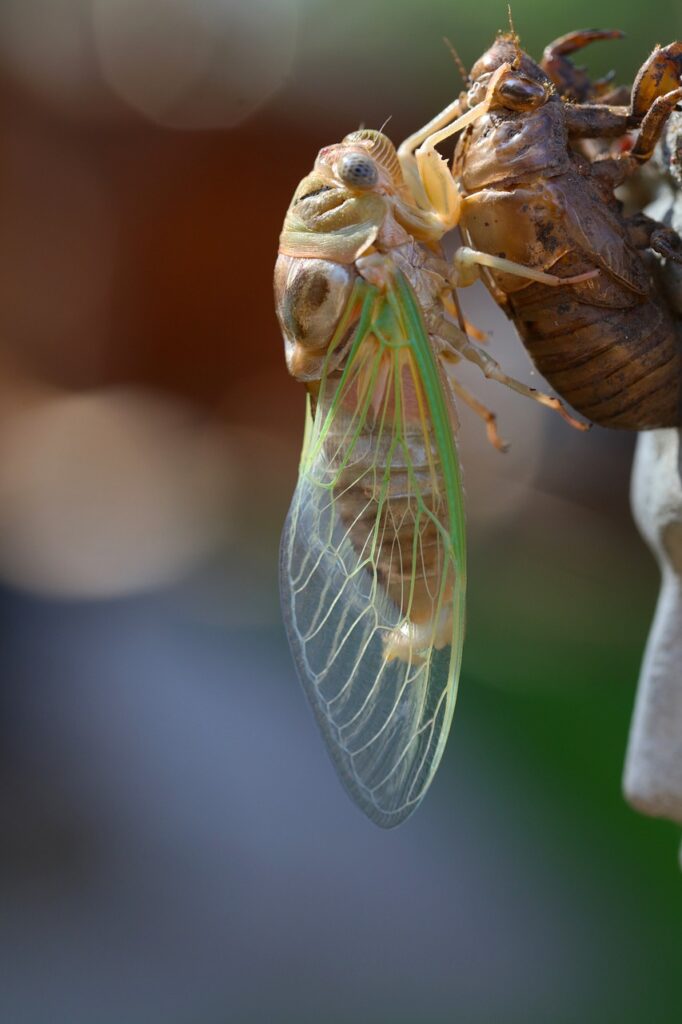
Common Flies that Lay Live Maggots
Several fly species lay live maggots, which are significant contributors to decomposition processes. Below are some of the common flies known for their live maggot-laying abilities.
Blow Flies (Calliphoridae)
Blow flies are a diverse family of flies that are typically attracted to decomposing matter. They lay their eggs on dead animals, rotting food, or even open wounds on living animals. Blow fly maggots are known for their distinctive appearance, often characterized by their cylindrical bodies and rows of bristly hairs.
Flesh Flies (Sarcophagidae)
Flesh flies are another group of flies that lay live maggots. They are attracted to rotting organic matter, including animal carcasses or decaying fruits. Flesh fly maggots are known for their pale, cylindrical bodies and can often be found in moist environments.
House Flies (Musca domestica)
House flies, perhaps the most well-known fly species, also lay live maggots. They are attracted to various organic matter, including garbage, manure, and food waste. House fly maggots are relatively small and have a distinct hook-like structure at their tail end.
Egg Stage of Blow Flies
Blow flies, known for their affinity for decaying organic matter, exhibit unique behaviors during the egg stage.
Species and Behavior
Different species of blow flies exhibit specific behaviors during the egg stage. Some species are attracted to specific types of decaying matter, while others are more versatile in their choice of breeding substrates. For example, the bluebottle fly (Calliphora vomitoria) often lays its eggs on carrion, while the green bottle fly (Lucilia spp.) shows a preference for decaying fruits or vegetables.
Egg-Laying Sites
Blow flies typically lay their eggs on substrates that provide suitable conditions for the development of their offspring. These substrates can range from animal carcasses and rotting meat to garbage bins or compost piles. The choice of egg-laying site depends on the availability of food sources and environmental factors.
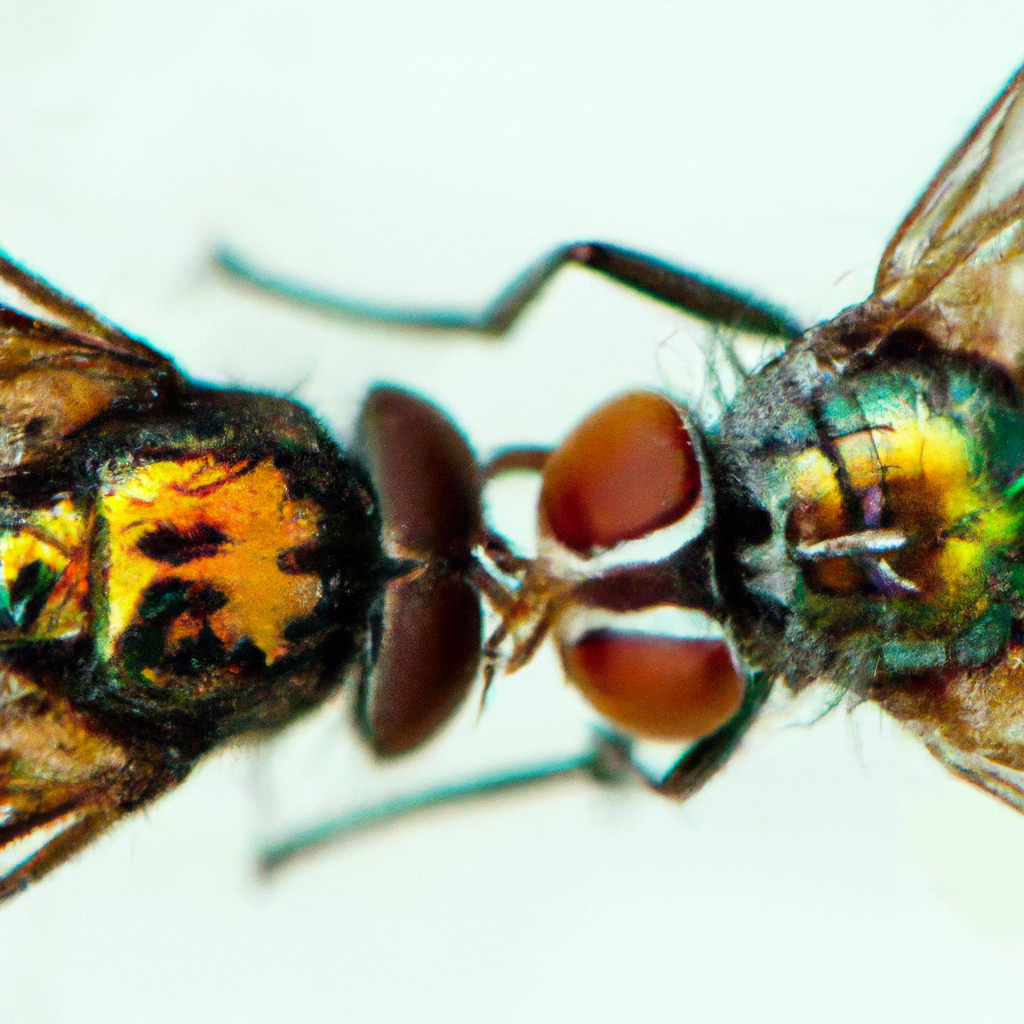
Habits and Lifecycle of House Flies
House flies are a common sight in human settlements, and understanding their habits and life cycle is essential for effective control measures.
Egg-Laying and Development
Female house flies lay their eggs in a wide range of materials that provide favorable conditions for larval development. These materials often include animal waste, decaying organic matter, or damp organic materials like spoiled food.
Larval Stages
House fly larvae, or maggots, progress through several developmental stages during their larval phase. Each stage involves molting, shedding their exoskeletons, and growing until they reach their maximum size.
Pupation
After completing the larval stages, house fly maggots enter the pupal stage by seeking suitable pupation sites. They undergo a transformative process within their pupal casings, preparing for the emergence of adult flies.
Adult Emergence
Once the pupal development is complete, adult house flies emerge from their puparia. They break free from their casings and begin their journey as fully formed adult flies, capable of reproduction and contributing to the continuation of the life cycle.
Lifecycle Duration
The duration of the house fly life cycle can vary based on environmental factors, primarily temperature and food availability. Under ideal conditions, the life cycle from egg to adult can range from a few weeks to a couple of months.
Understanding the intricate life cycle of flies is essential for managing their populations effectively. By comprehending the different stages, behaviors, and factors that influence their development, we can implement targeted prevention and control measures. Additionally, recognizing the role of flies in the ecosystem, the potential environmental impact, and the public health concerns they present, we can better protect our surroundings and ensure the well-being of humans and other animals.




